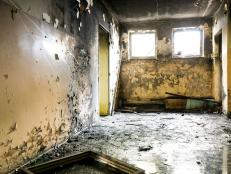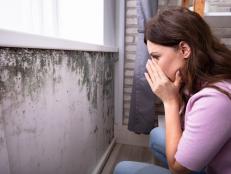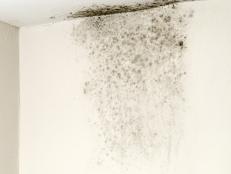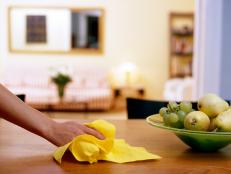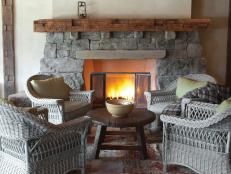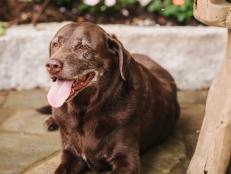Testing for Black Mold
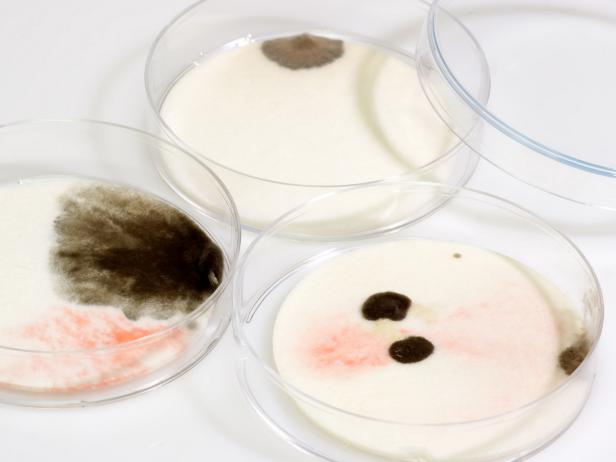
Toxic black mold can be expensive to remove and even cause a range of health problems — so testing for black mold is an important first step if you think your home might have a black mold infestation.
Healthy Home Myths Debunked
See All PhotosCommon areas to test for black mold are basements, crawlspaces, bathrooms and kitchens where moisture and condensation may gather regularly. A water source is the first requirement for mold growth, so any damp, humid areas of the home are often susceptible.
Sight and smell may give you a good indication of whether or not you have a black mold problem — black mold tends to have a strong, musty smell, and of course it displays a trademark black color. If you believe you have black mold growth in an area of your home after these initial inspections, you have two options: professional mold testing or do-it-yourself testing.
Professional mold testing companies will take samples of the air and any areas of mold growth, identify precisely what type of mold is present, and recommend next steps for remediation.
If you go the DIY route while testing for black mold, you will need to purchase a mold testing kit from a hardware or home repair store, take samples of the air and affected areas yourself, and then send these in to a testing facility, which will report back as to which type of mold is present.
Black mold can be an expensive and potentially unhealthy problem for homeowners, but by testing for black mold, you can know for sure if you'll need to take steps to eradicate black mold from your home.
See also: How to Keep Your Home Healthy









